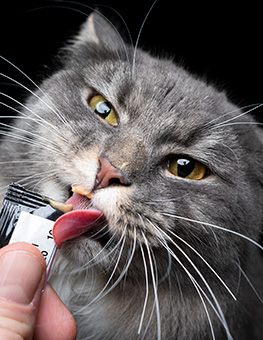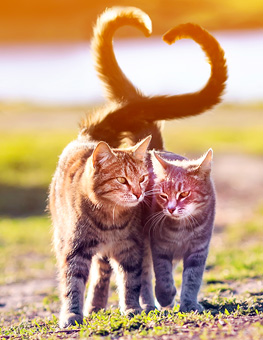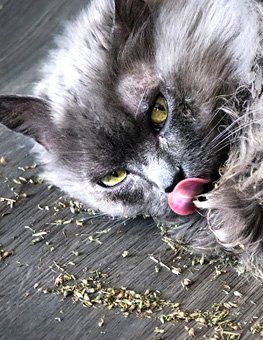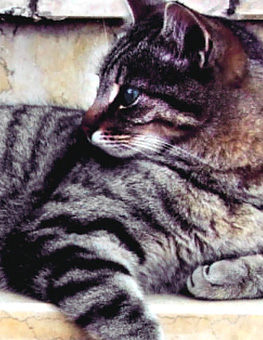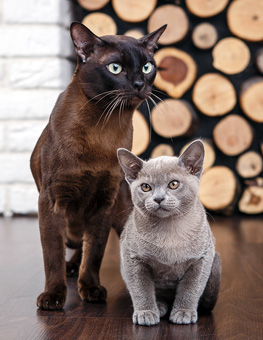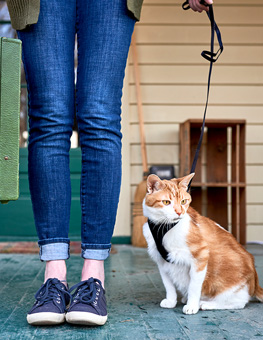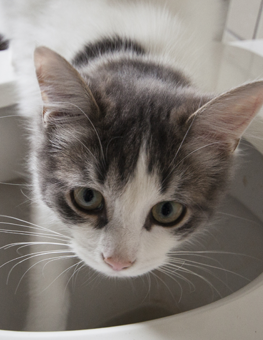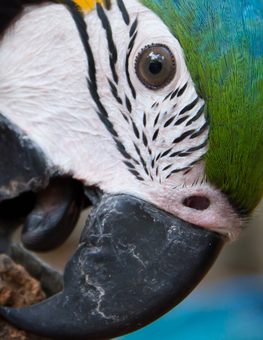Going to the Bathroom, Kittens
Kittens under three weeks are going to need your help to go to the bathroom. This is how you do it.
When you gotta go, ya gotta go. After all, there’s nothing worse than not being able to use the bathroom when the urge hits you. But because they don’t have the strength in their abdominal muscles, kittens under three weeks can’t pee or poop on their own.
As the Beatles once sang, “I get by with a little help from my friends.” And it takes a good friend to help you pee. To get things moving, massage the kitten’s private parts with a warm, moist cotton ball. The gentle circles mimic the mother cat’s tongue, and stimulates the kitten to empty her bladder and whenever necessary, her bowels. Apply no more pressure than you would need to wipe a human baby’s eyelid.
A little bathroom action before her meal will make more room for your kitten’s dinner. In lieu of dessert, get a fresh cotton ball and stimulate her to pee again. If you’re not getting any results, call the vet. Your kitten could have a health issue.
- The pee should turn the cotton light yellow.
- Dark yellow means she’s dehydrated, and you need to give her a little drink of water every hour or so, or even subcutaneous fluids at your vet’s office.
Keep an eye on the kitten’s poop.
- Poop should be brown or mustard-colored with the consistency of toothpaste.
- If her poop looks runny and yellow, greenish or pasty gray or a white curdled, take her to the vet right away.
- Diarrhea dehydrates kittens very quickly. If watery stools continues your vet might need to give her fluids under the skin. If you wait too long, you could lose her.
- She may not poop every time you stimulate her. Don’t worry if she misses a time or two.
- If she doesn’t poop for 48 hours, or begins to act weak or lethargic, or vomits call your veterinarian.
When you finish “Feeding and Wee-ing”, you’ll need to give a little butt bath.
As the kittens mature and become more active they will crawl about and pee or poop onto their bedding. Change the linens frequently, as she could suffer from pee scalds just like a human baby endures diaper rash.
A few words about a single kitten versus a litter: Multiples move around more than singletons. They crawl over each other and, whether you (or they) like it or not, they stimulate each other to pee and poo. You will likely need to give your entire gang frequent baths.
When she reaches three weeks, you’ll notice she’s starting to soil her bedding. That means it’s time to set up a baby sized litter box.




